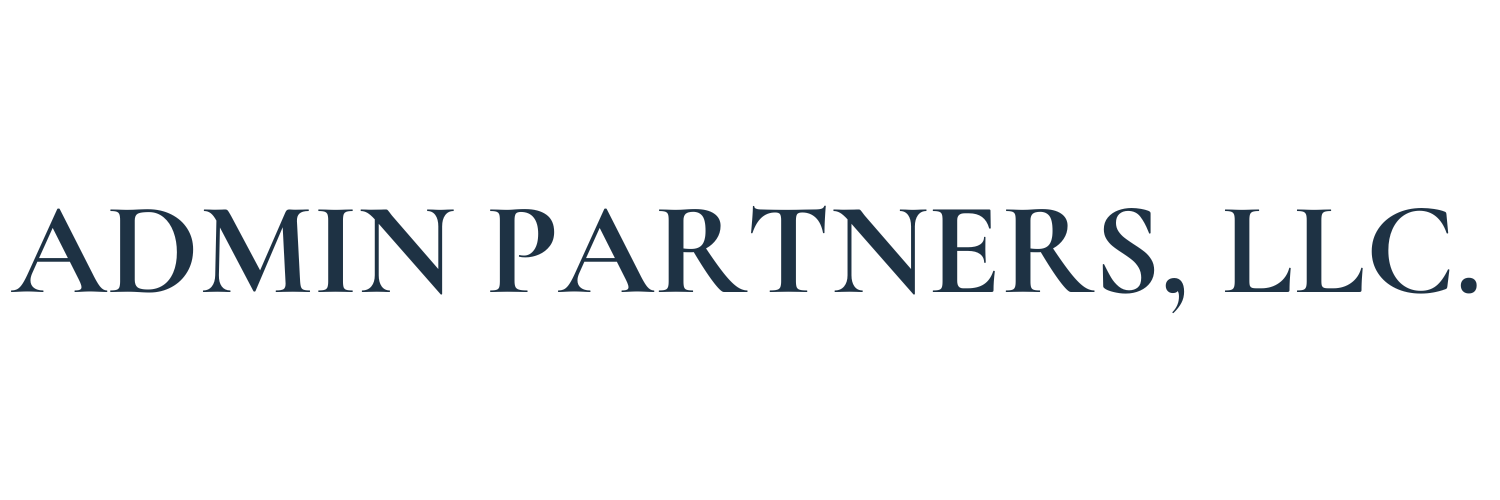
Here on the blog we often share insights that help both financial advisors and Plan Sponsors navigate retirement planning. This week we are shaking things up and dedicating the entire week to the people who make up any retirement plan: participants. No matter what type of plan your employer offers, it is important as an employee to know what your benefits are and how those benefits will impact you over time. With this being said, here are two of the four reasons you should be investing in your 403(b) Plan.

When it comes to saving for retirement, the more you can put away, the better. This is why it is often encouraged to prioritize an employer’s retirement plan over something like a personal IRA for savings. Retirement plans allow higher contribution limits than IRAs which means you are able to save more each year. In 2017, participants were able to make contributions up to $18,000 whereas the IRA limit was set at $5,500. That’s a large gap! There are even circumstances for those over the age of 50 or those with 15 years of service who can add additional contributions to the Plan past the normal $18,000 limit. Another plus with contributions into a 403(b) Plan is the option of Roth money. Depending on the employer’s elections, a 403(b) Plan can allow for Roth contributions which allows you to save post-tax money and reduces your tax consequences when you withdraw your money at the time of your retirement. Be sure to consult with your Plan Sponsor to determine what the contribution options are in your Plan.

It’s important to note that the purpose of any retirement plan is to save money that you are making now so that you will have ‘income’ to live off of later in life. The idea is that by saving money during your working years, you will be able to comfortably retire at normal retirement age without having to continue to work in order to supplement an income. With this being said, it is understood that emergencies happen and financial hardships can occur before you reach retirement. For this reason, most 403(b) Plans allow participants the option to prematurely withdraw funds from their account. This is often done in the form of a hardship or a loan. According to the IRS, a hardship withdraw is considered “an immediate and heavy financial need of the employee and the amount must be necessary to satisfy the financial need.” The approved ‘needs’ are pre-determined by the IRS and while these funds are not expected to be paid back to your account, you will be responsible for taxes on the monies and early withdraw penalties may apply. Loans are also considered an early withdraw from the Plane, however; they are taken with the expectation that the amount (plus interest) will be paid back into the Plan within a specific amount of time. Be sure to check out our video series to learn more about hardship and loan withdraws from a 403(b) Plan.


